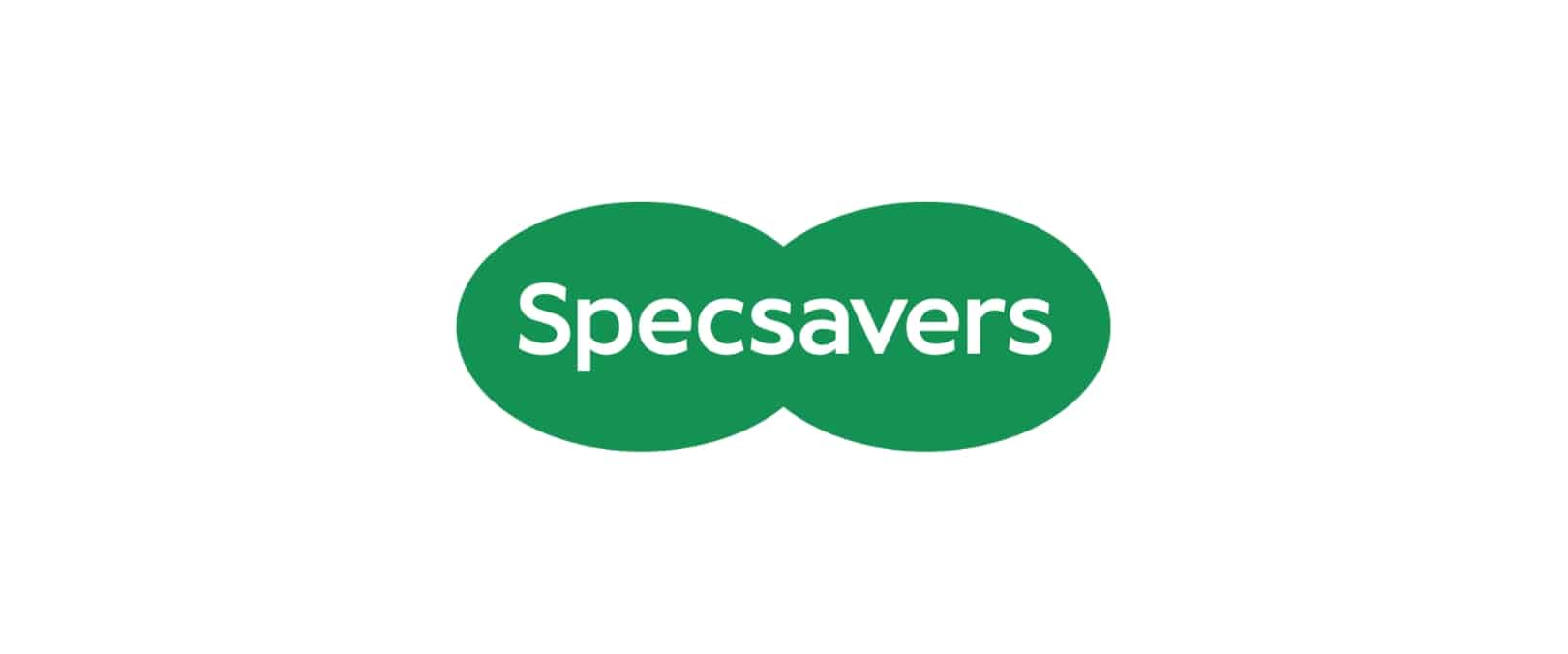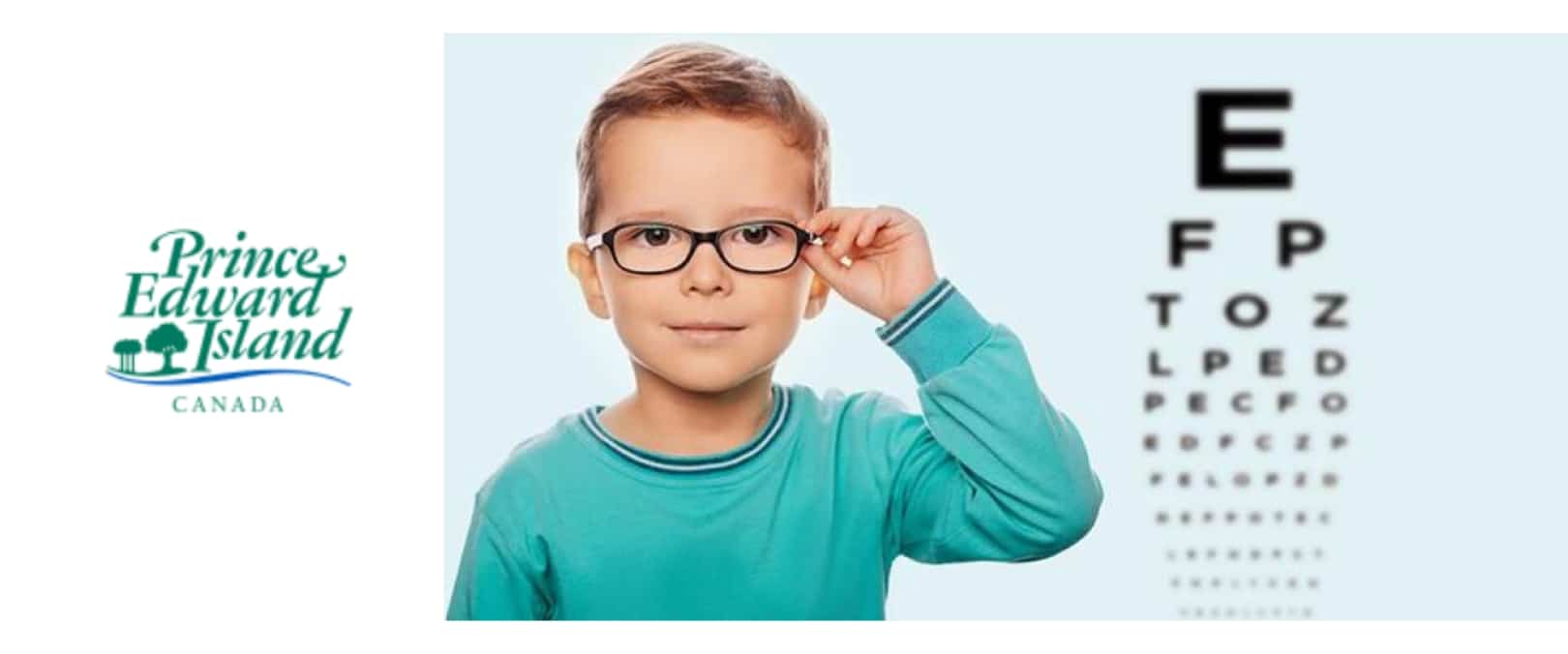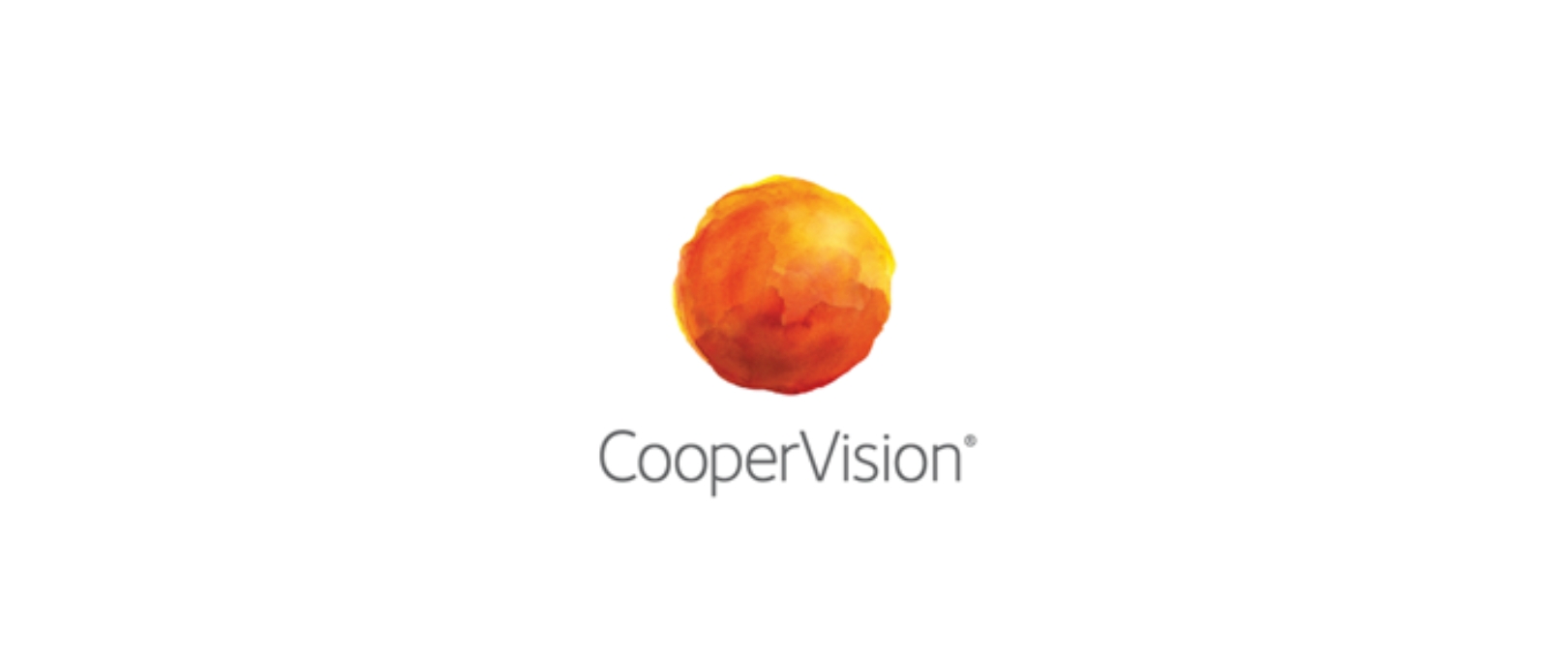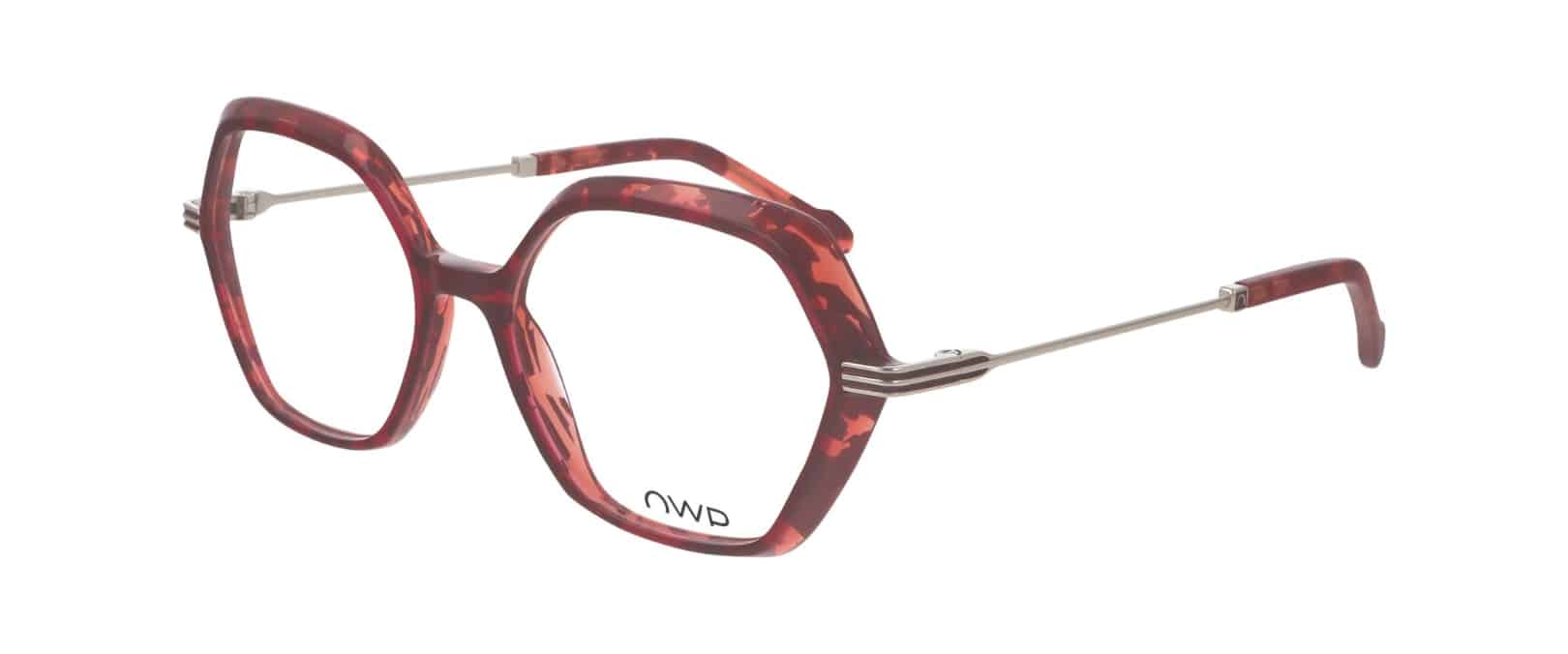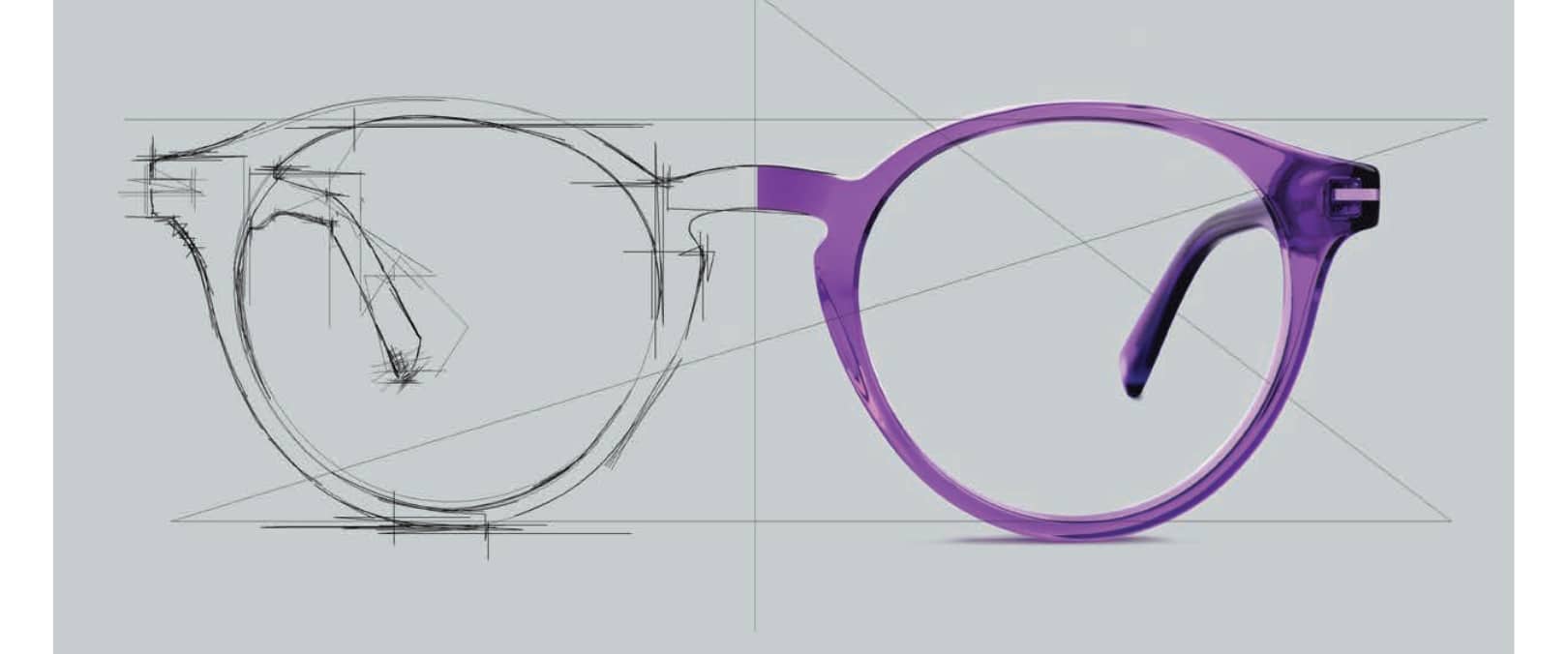Myopia Control with Contact Lenses: Protecting the Vision of the Future
Wednesday, August 9 2023 | 08 h 05 min | Practice Management
By Dr. Chau-Minh Phan
While on the surface, myopia may seem like an inconvenience that can be effectively managed with spectacles or contact lenses, below the surface, myopia can silently lead to severe ocular diseases.
As a result of the anatomical elongation of the myopic eye, key ocular structures are stretched and thinned which can lead to severe ocular diseases such as:
Myopic patients with -6.00 dioptres or greater have an increased risk of:
- 5.5 times for cataracts
- 21.5 times for retinal detachment
- 40.6 times myopic maculopathy
Needless to say, managing myopia progression is critical to prevent vision loss in the later stages of life.
The main approaches for myopia control include:
- orthokeratology
- specialty soft contact lenses
- low-dose atropine
- specialty spectacles
Only contact lens-based myopia control will be discussed in this article.
How Does Orthokeratology Help Myopia Control?
Orthokeratology uses specially designed rigid gas permeable lenses that are worn overnight to temporarily reshape the cornea. Changes in the corneal optical profile alter the retinal image profile and consequently induce peripheral myopic defocus. Research has shown that myopic defocus reduces excessive eye growth, thereby slowing down the progression of myopia. Patients that wear ortho-K overnight do not need to use spectacles or contact lenses during the day as the reshaped corneal profile eliminates the need for a myopia prescription.
Good candidates for ortho-K include those with:
- myopia up to -4.50 D
- astigmatism up to 3.00 D
Ortho-K has been shown to reduce the progression of myopia on average by 45% compared to a single vision lens. Furthermore, studies have shown that ortho-K is well tolerated with very few side effects. However, the downside is that ortho-K is not a permanent solution, and patients have to continue wearing the lenses each night to maintain the benefits. In addition, patient non-compliance with handling and hygiene is an issue, especially considering the young age group of the patients.
What are Specialty Soft Contact Lens Options for Myopia Control?
There are various soft contact lens options, including dual focus lenses and multifocals. Dual focus lenses, such as the MiSight® 1 day (CooperVision), have distinct correction (the prescription needed by the patient for clear vision) and treatment (additional plus power to create peripheral defocus) zones within the lens. Results from a multi-year clinical trial have shown this lens to be effective in slowing down myopia progression.
There are various multifocal contact lens options, including extended depth of focus (EDOF) lenses, such as the NaturalVue® Multifocal (VTI). EDOF lenses have a continuous range of clear vision from distance to near, without distinct zones, which in turn provides a more natural visual experience. They can be used effectively for myopia control by inducing peripheral myopic defocus, which slows down myopia progression. Other effective multifocals are centre distance design and need to have an add power of at least +2.50D to impact myopia progression. Clinical studies show that the NaturalVue® Multifocal and the MiSight® 1 day lens show a reduction of between 52-55% and 59% in axial length and refractive error, respectively, compared to a single-vision 1-day lens.
The ACUVUE® Abiliti™1-Day (Johnson & Johnson Vision) is another myopia control that has been reported to reduce axial elongation by 0.105 mm on average over a six-month period. To date little else is known about the performance of the lens.
All of these lenses are single-use daily disposable lenses and have been approved in Canada for on-label use for myopia control. Similar to ortho-K, these lenses are well tolerated with minimal adverse effects; these lenses must be worn daily to maintain the benefits. Fortunately, reported compliance in children has been excellent with these lenses.
How do Contact Lenses Combined with a Pharmacological Approach work for Myopia Control?
Another approach for myopia control is the use of daily administration of low-dose atropine. While the underlying mechanism as to how atropine reduces eye growth is still being investigated, current clinical findings show that 0.05% atropine is effective in slowing down myopia by reducing refractive error changes and axial elongation by 66% and 51%, respectively.
An interesting concept currently being developed is the use of contact lenses to deliver atropine. The concept being that the patient would receive the combined or synergistic effects of both a contact lens and atropine for myopia control and, therefore, should produce a much better clinical outcome than either of these treatments alone. However, studies with 0.01% atropine and soft multifocal contact lenses show mixed results; one study showed that this combination was not any better than treatment with lenses alone, whereas another study showed that it did have a positive effect.
Studies using a combination of ortho-K and 0.01% atropine show there is an additive effect. All of these studies, however, use only 0.01% atropine, whereas 0.05% atropine has been shown to be more effective for myopia control. Nonetheless, the current research data shows there is a high likelihood that an atropine-releasing commercially available contact lens will be released in the foreseeable future.
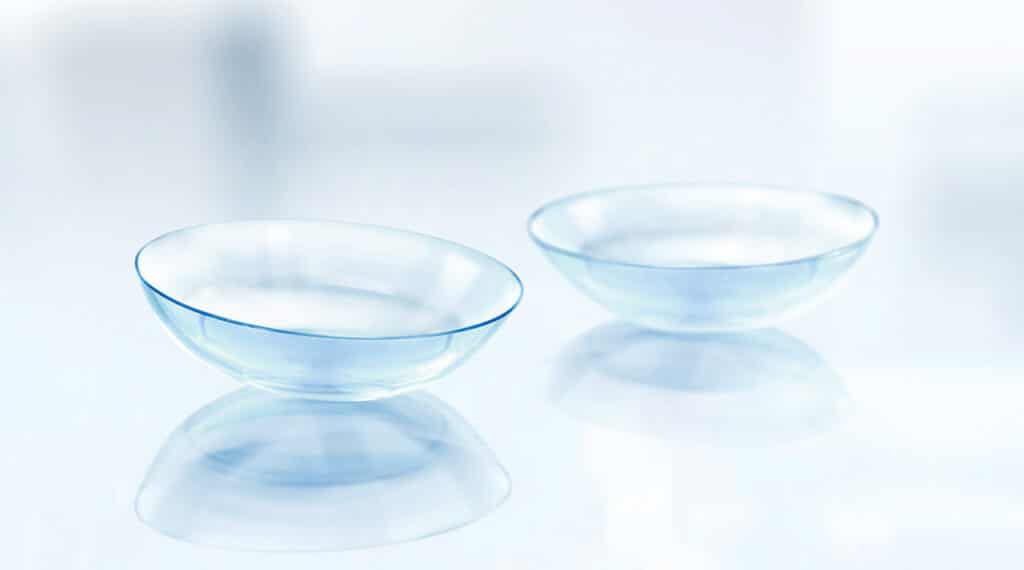
Every Dioptre Counts
It is important to reiterate that all these strategies are not cures for myopia but rather only control and reduce the progression of the disease. Nonetheless, every dioptre counts. It has been shown that each additional dioptre increases the risk of myopic maculopathy, open-angle glaucoma, posterior subcapsular cataract, and retinal detachment by 58%, 20%, 21%, and 30%, respectively. So preventing even a one dioptre of refractive error increase could mean the difference between having vision and blindness.
Myopia is estimated to affect more than half of the world’s population by 2050, and almost 10% of the population having high myopia. This will lead to an increased prevalence of sight-threatening diseases such as retinal detachment, cataracts, glaucoma and macular degeneration.
Fortunately, integrating simple healthy lifestyle habits, such as encouraging children to spend more time outdoors, can delay the onset of myopia. But if that fails, then there at least are a variety of effective contact lens options available for myopia control, ranging from orthokeratology, multifocal contact lenses, and potentially contact lenses delivering low-dose atropine. It is important to take care of children’s vision, as a future without good vision is a dark and blurry one.




